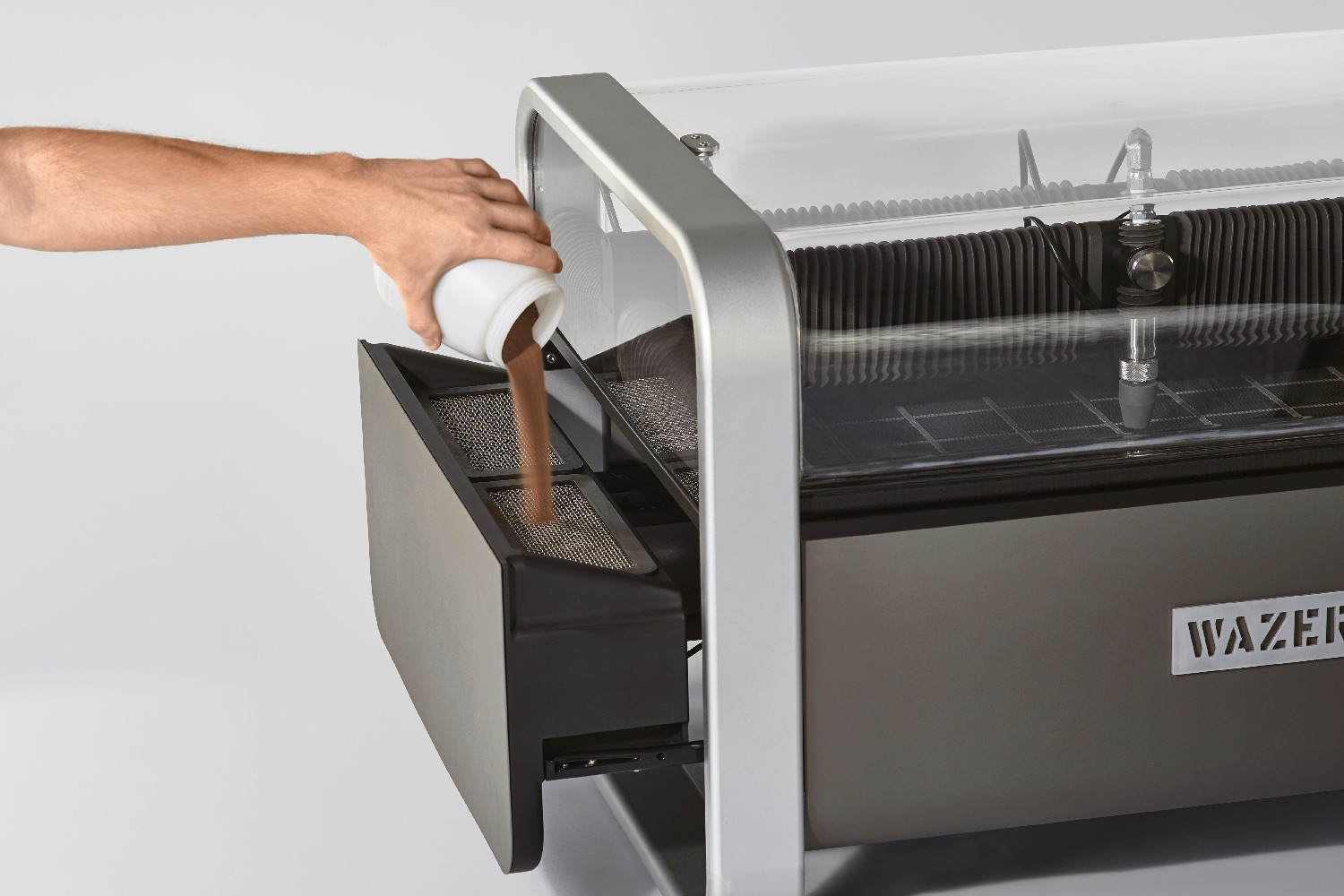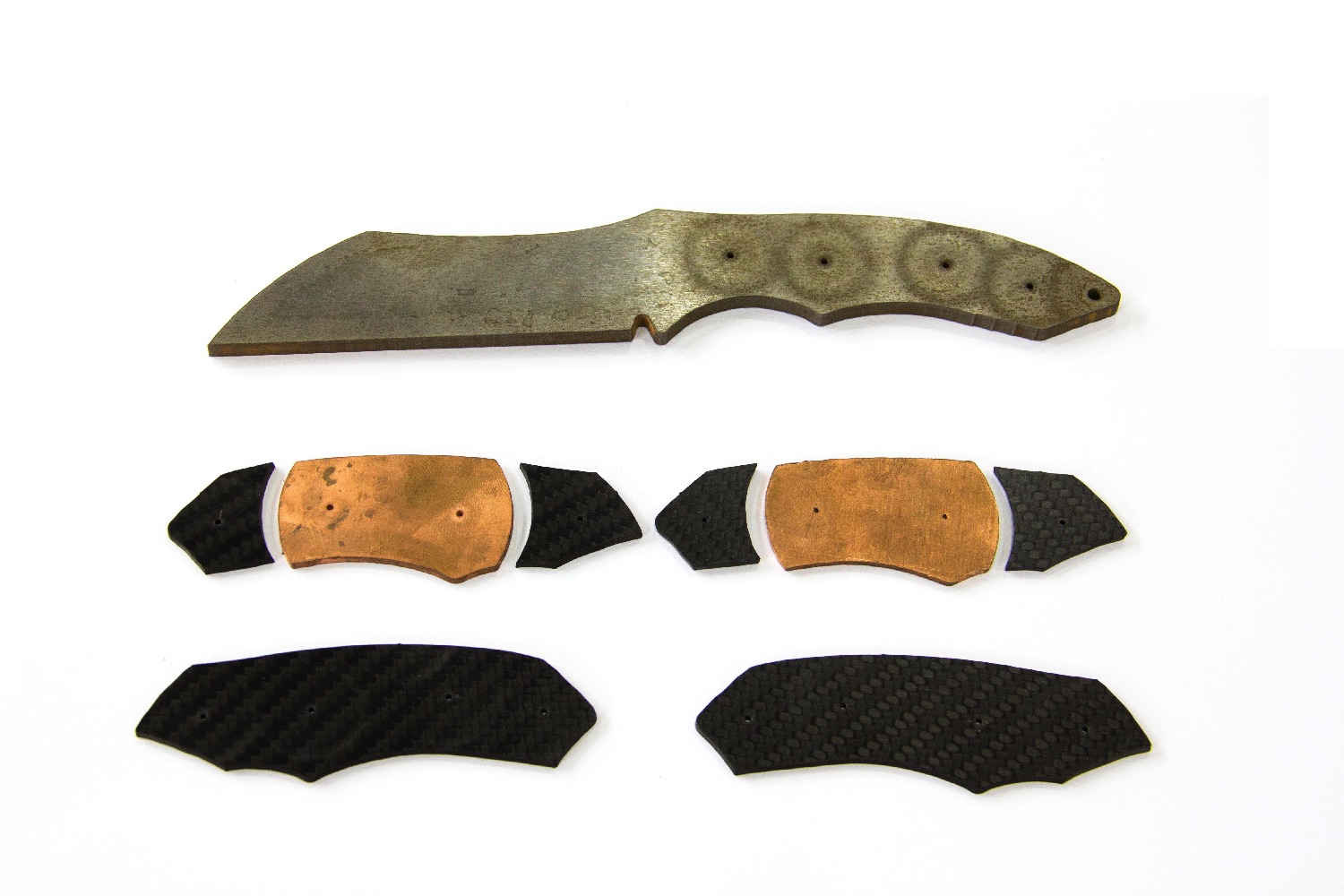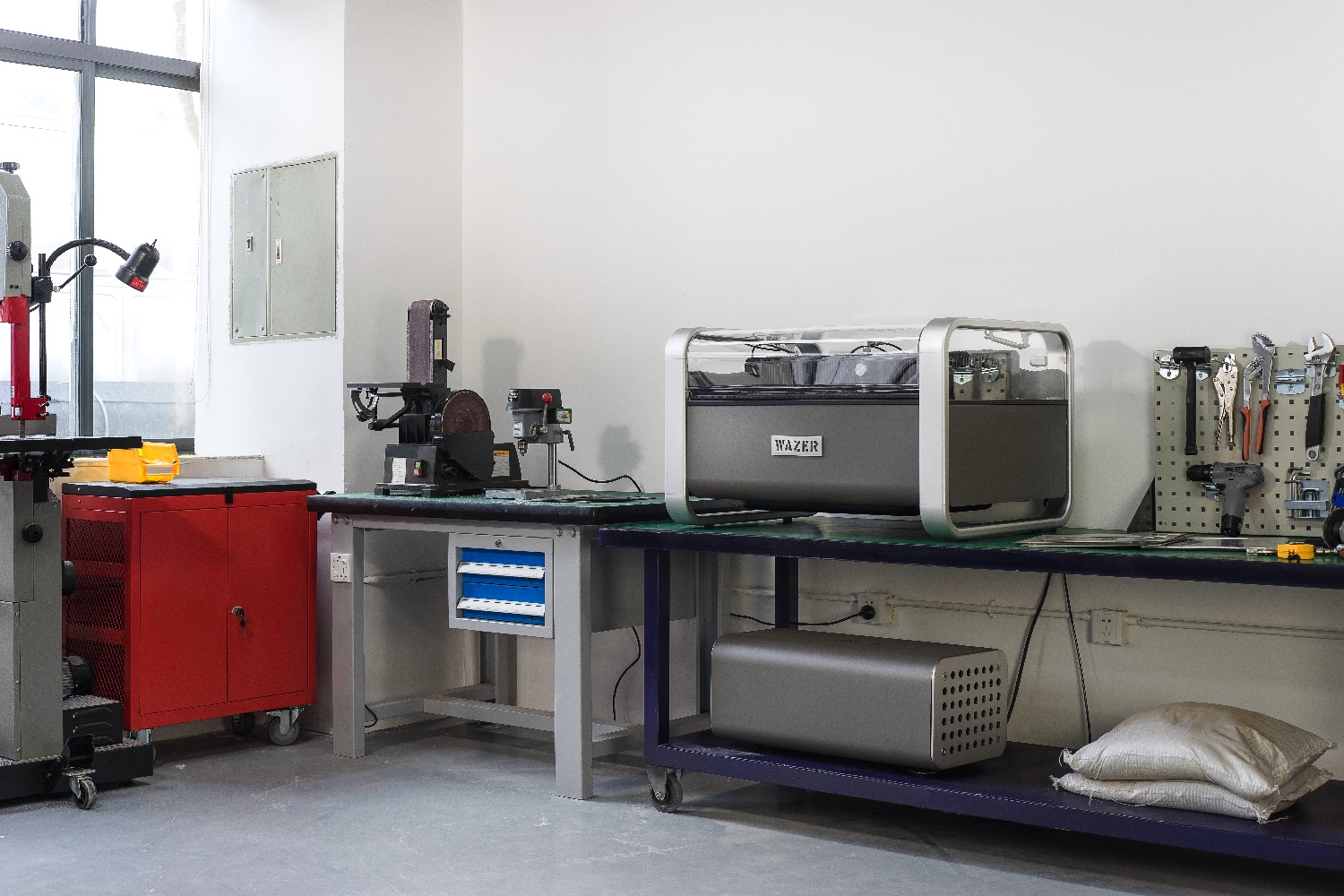If you answered lasers, diamonds, or laser-shooting diamonds, prepare to be surprised: Wazer’s new desktop cutter uses nothing more threatening than high-pressure water, combined with sand-like abrasive particles — and it works well.
“Right now, there are a lot of great desktop tools, but they’re limited in terms of what they can cut,” Wazer co-founder Nisan Lerea told Digital Trends. “The most widely used parallel to what we’re offering would be a desktop laser cutter, which works similarly — only using lasers instead of water. The problem with a desktop laser cutter is that it can only cut through soft materials, such as wood and plastic. We’ve created a tool that can cut through virtually any material: steel, titanium, aluminum, stone, ceramic tiles, glass, a whole variety.”
Waterjet cutting has been used industrially for decades, but until now it has remained out of most of the public’s hands. These machines, which carry a price tag of around $100,000 and occupy entire rooms, were something no artisanal maker could easily afford — unless that maker turned out to be Elon Musk.
Wazer’s desktop option changes that. Lerea said that he first started working on the concept as an undergraduate at the University of Pennsylvania in 2012.
“At the time, we didn’t have access to a waterjet cutter,” he said. “As a result, as part of my work, we spent a lot of time cutting metal parts using hand tools. We came up with the idea of building a small-scale, low-cost waterjet cutter for the university, which is how we built our original prototype.”
The unit being sold on Kickstarter is compact, contained, and can fit in pretty much any workshop. Carrying a price tag of $4,000, it puts a precision-cutting technology previously only available to a few in the hands of the many. As of Tuesday, the Kickstarter had far surpassed its goal of $100,000 — totaling more than $655,000 — and only one machine is available at $4,500.
“One of the main engineering challenges has been not only getting this machine to be small enough to fit into a regular workshop, but also to do that at a price point that would make it accessible to individuals,” Lerea said. “We’re really happy to be able to offer this at the price that we are.”








